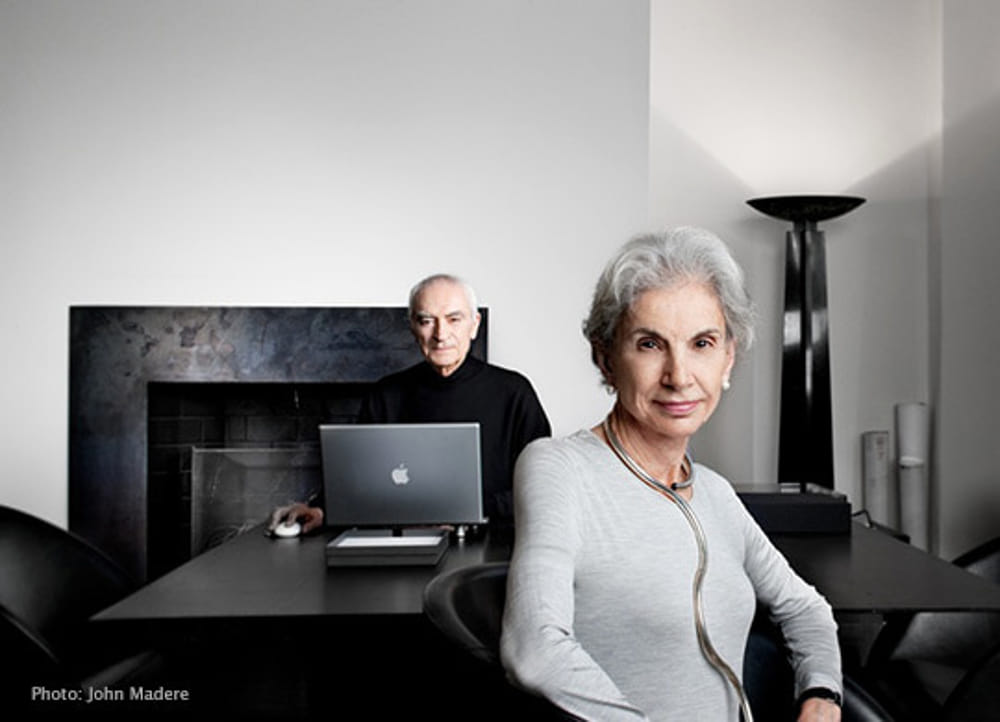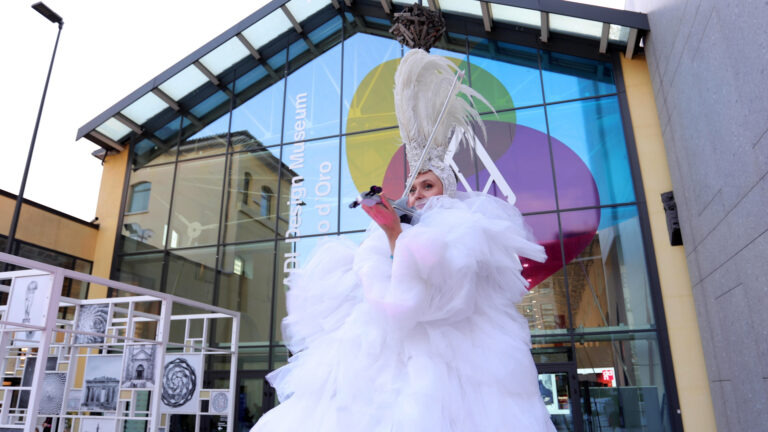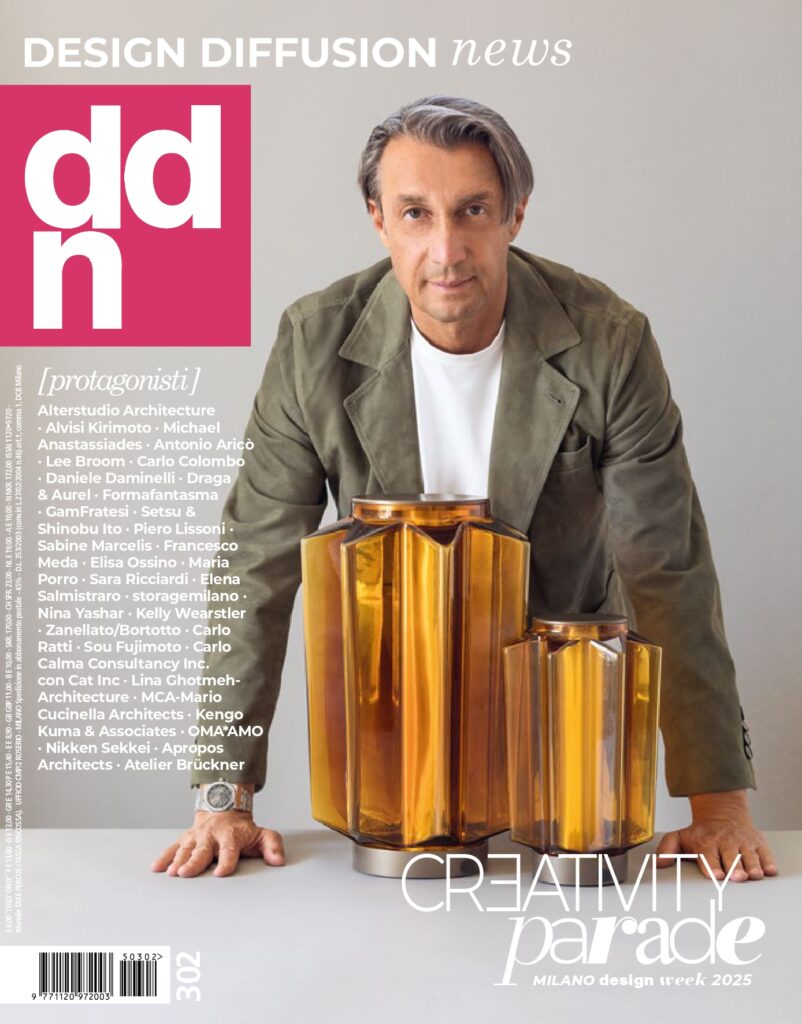60 years of projects by Massimo and Lella Vignelli, the couple who revolutionized modern graphic communication, are illustrated in a book, starting from the famous map of NYC subway

As a tribute to a couple symbolizing 20th century design, Massimo and Lella Vignelli, who invented the graphic design that changed the world of communication, the book ‘design: Vignelli 1954-2014’, written by Beatriz Cifuentes-Caballero, has been recently published by Mondadori Electa.

The book, written with Massimo Vignelli during his last years, takes stock of what the design duo left to the world of design, and graphic design in particular – a rich field for experimentation on which their sign will last forever – during their 60-year career. In New York, starting in 1954, when they escaped from narrow-minded Italy, but also before, in Milan and Chicago, where they had already become famous and widely appreciated.

“I consider graphic design as a semantically correct information organization, syntactically coherent and programmatically understandable. I like that it is visually powerful, intellectually elegant, and above all, that it lasts over time,” said Massimo Vignelli, whose works are, indeed, impossible to date. Starting from what has become an icon for entire generations, that is the New York City subway signage program created for Unimark International design firm, used to identify lines and stations and to communicate information and directions, which breaks with tradition because it provides signals designed to be prefabricated and mounted as movable characters that form sentences. It was followed by the new map whose layout was organized with angles of 45 and 90 degrees on a grid in which the lines, characterized by a color, followed the basic structure.

The need for Massimo and Lella to create a language that was easily understandable to all is evident in the numerous coordinated image projects, where the visual aspects linked to a brand should have been strongly identifiable in the economic and social world in which it operated. The AmericanAirlines logo, first of all the examples, underlines the professional and non-frills mindset of the company, but also the coordinated image of Knoll allowed them to set new graphic criteria adopted by the furniture industry all over the world. We can also mention the coordinated image and rebranding programs for Lancia and Cinzano, where in both cases the original symbol is restored, highlighting and adapting it to contemporary taste.

The book does not forget to analyze packaging and posters, also witnesses of Massimo and Lella Vignelli’s work process based on a philosophy according to which design should have a precise and consistent language, which can be modulated and adapted to every part of the project, and continues with the projects of interior design and furniture, the design of dishware, crockery and glass pieces intended for the table. [Text Laura Galimberti]
The full article was published in DDN-Design Diffusion News #245, January 2019, in the Design Stories section















